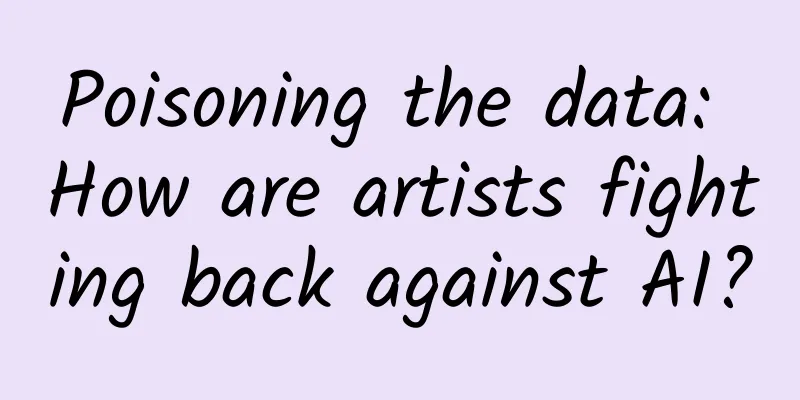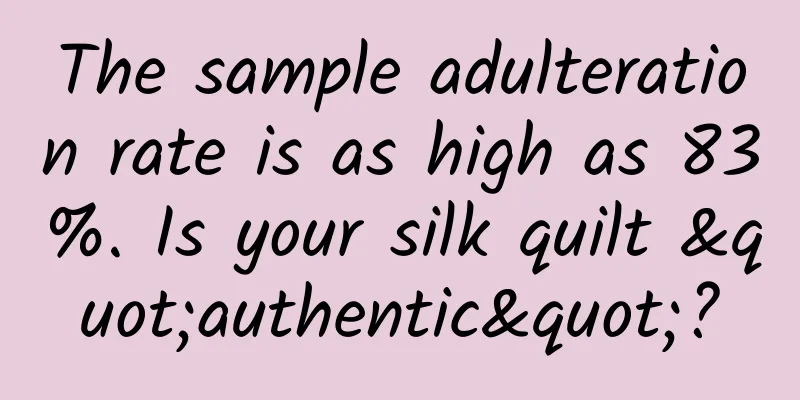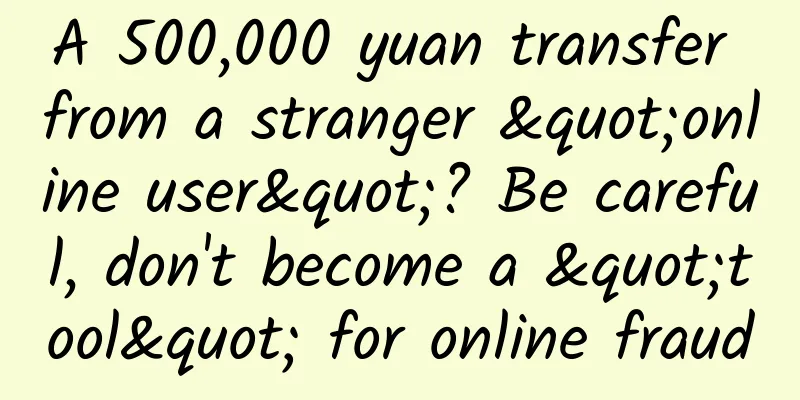Poisoning the data: How are artists fighting back against AI?

In the biological sense, the word nightshade is often used to refer to a highly poisonous plant. But recently, it has been given a new meaning. A computer science team at the University of Chicago has developed a data poisoning tool called "Nightshade" to help artists fight back against unauthorized use of their works by artificial intelligence. The invention was published in the team's latest paper "Fast and Specific Poisoning Attacks for Text-to-Image Generation Models." What is "Solanum nigrum"? The Nightshade data poisoning tool allows artists to alter pixels in their work in subtle ways that are invisible to the naked eye. In this case, the AI program can be misled into understanding the image in a way that is inconsistent with human interpretation. “(Such changes) could turn a dog into a cat, a car into a cow, and the list goes on,” MIT Technology Review explained in an article about the Nightshade data poisoning tool . This method is defined in academia as "data poisoning," which can undermine the performance of generative artificial intelligence tools, causing them to produce undesirable or inaccurate outputs, thereby causing the generated images to deviate from user needs. The report added that artificial intelligence tools typically extract data from billions of online images. Therefore, in this huge data context, the more frequently the "Solanum" data poisoning tool is used, the higher the possibility of artificial intelligence poisoning. The entire process of the "Solanum" data poisoning tool. Image: University of Chicago Why develop "Solanum nigrum"? Talking about the origin of developing the "Solanum" data poisoning tool, project leader Ben Zhao, a professor of computer science at the University of Chicago, said that artificial intelligence companies often use artists' works to train their own image generation tools without permission, regardless of the artists' copyrights and intellectual property rights. He hopes that the "Solanum" data poisoning tool can help punish artificial intelligence companies for their disrespect for artists' copyrights and intellectual property rights, and tilt the balance of power back towards artists. This behavior of AI companies not respecting artists' copyrights and intellectual property rights may be common. According to a report by the technology news website VentureBeat, artists, performers and record companies have filed lawsuits against several AI companies on the grounds that these companies used artists' works to train their AI tools without permission . OpenAI, which developed ChatGPT, is among those being sued. How will "Solanum nigrum" affect the artificial intelligence industry? The author of the commentary in MIT Technology Review also said that by disrupting or influencing the behavior of artificial intelligence programs that generate images, "Solanum" may become an important initiative to push artificial intelligence companies to take actions such as paying copyright and more respect for artists' creative rights and copyrights, thereby having important social and industry impacts. It is true that artists have a certain say in the current development of artificial intelligence. For example, some artificial intelligence companies have established systems or processes that enable artists to decide whether their works can be included in the training data of the model. However, even if the artist does not allow it to be used, artificial intelligence companies still retain considerable influence on the use of artistic content. At present, the voice of artists is far from enough. Generative AI: A global emerging technology Focusing on technologies that are expected to have a positive impact on society in the next three to five years, the World Economic Forum released the "Top Ten Emerging Technologies in 2023" report . The report lists the 10 most promising emerging technologies in 2023, among which generative artificial intelligence ranks second. “While generative AI is currently used primarily in areas such as generating text, computer programming, images, and sound, the technology has the potential to be used in fields as diverse as drug design, architecture, and engineering,” the report states. However, as generative AI becomes increasingly integrated into multiple aspects of people’s daily lives, the report also emphasizes that applications should meet agreed professional and ethical standards to build public trust. Author of this article: Victoria Masterson, Senior Writer, Forum Agenda This article originally appeared on the World Economic Forum's Agenda blog |
<<: Save 700 yuan! iPad mini 2 turns into mini 3 in seconds
>>: Don’t blame the router for factors that affect Wi-Fi signal coverage
Recommend
Wenshan SEO Training: What is the usual process of SEO optimization? What are the stages?
1. Keyword mining (also called keyword precise po...
Typed yet flexible Table View Controller
[[163982]] UITableView is like bread and butter f...
my country independently develops the "Mazu·Ocean Wave" forecast model! Eyes of science and technology protect our blue home
Produced by: Science Popularization China Author:...
The Boeing accident was unusual. Where was the fatal bug?
1. Starting from the EgyptAir crash Xiaobai: The ...
What kind of weird fruit is this? I didn’t expect that the core can be eaten!
It is the heaviest fruit in the world. Although i...
How have humans communicated from ancient times to the present? Experience the development of communication networks
"Guess how long it takes for a pair of custo...
The official iPhone system has been updated, and data can finally be migrated!
For iOS, which is perhaps the most user-friendly ...
OPPO information flow advertising introduction and delivery guidance
OPPO's marketing platform integrates the excl...
Looking into the future from the sales volume in the first five months, which brands have reached the end of their usefulness and which ones can still be saved?
2024 is almost halfway through, market competitio...
How much does it cost to customize a pipe fittings applet in Bayinguoleng?
There is no doubt that the topic of mini programs...
What does New Radio and Television’s further move mean for telecom operators?
In July, the Internet TV industry has been in tur...
What is the cassava soup that made Princess Wen Yi vomit milk after eating it in "The Legend of Zhen Huan"?
Recently, making cassava syrup seems to be popula...
What signs will your body give you before sudden cardiac death? Remember them!
《Cotton Swab Medical Science Popularization》 Yang...
Dealroom: Global AI Venture Capital Report 2025
Global AI Venture Capital In 2024, AI venture cap...
Xiaona is gone, Microsoft Xiaobing is back, are voice assistants really useful?
After Windows 10 2004 separated Cortana and the s...









